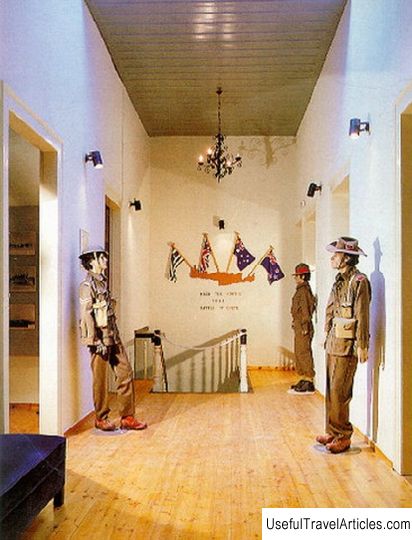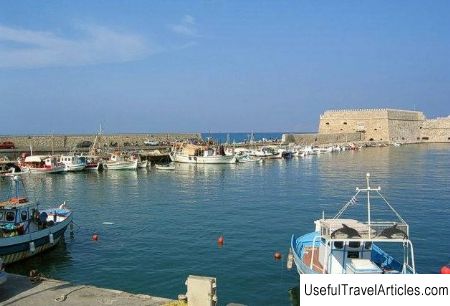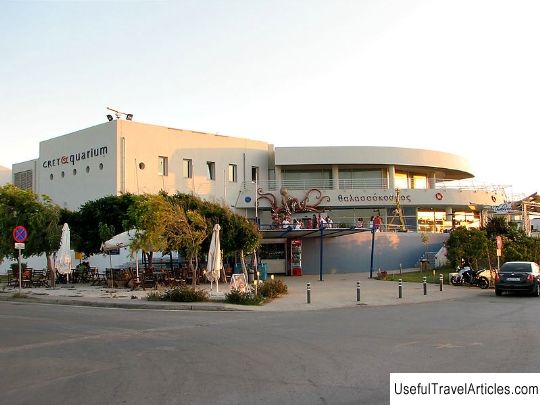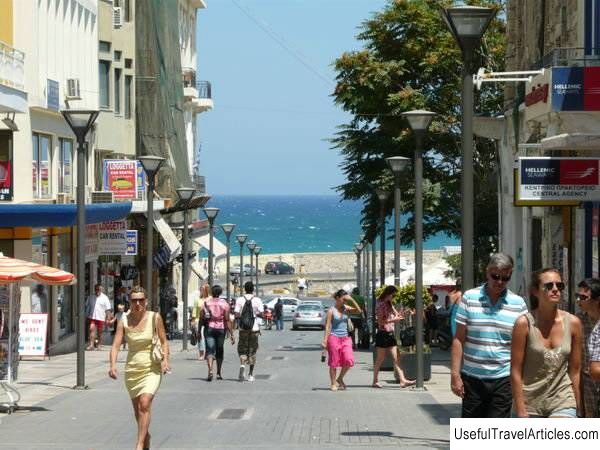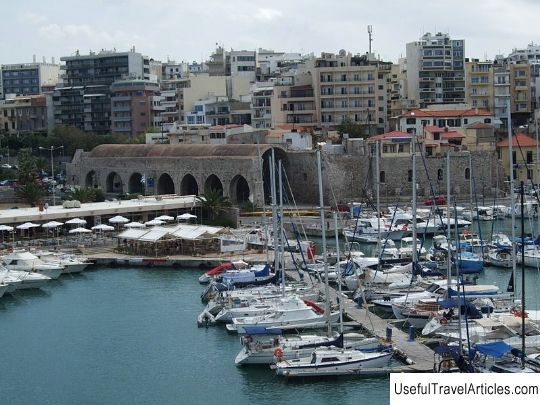Natural History Museum description and photos - Greece: Heraklion (Crete)
Rating: 8,6/10 (2001 votes) 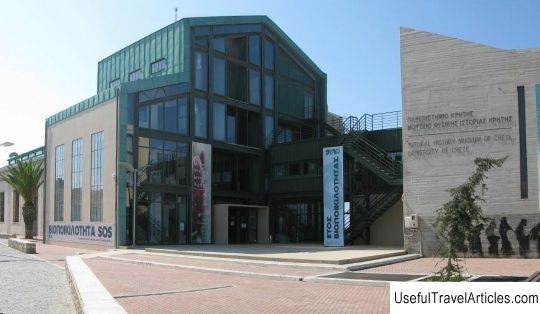
Natural History Museum description and photos - Greece: Heraklion (Crete). Detailed information about the attraction. Description, photographs and a map showing the nearest significant objects. The title in English is Natural History Museum. Photo and descriptionThe Natural History Museum of Crete is located on Sophocles Venizelou Street near the port of Heraklion and is dedicated to the study of the natural environment of Crete and the Mediterranean in general. The museum was founded in 1980 under the auspices of the University of Crete and in 1981 opened its doors to visitors. The museum is located in a former industrial building that was previously used as a power plant. The aim of the museum is to study, protect and popularize knowledge about the flora and fauna of the Eastern Mediterranean. One of the most important exhibits of the museum is the skeleton of Deinotherium (Dinotherium), one of the largest mammals ever to live on earth. The remains of this animal, which lived about 9 million years ago, were found during excavations in the area of the archaeological zone of Agia Fotia and are presented in the museum in full size. Most of the museum is occupied by mega-dioramas - a realistic presentation of the vast ecosystem of the Eastern Mediterranean. A separate exposition is the "Living Museum" - a specially organized area of small aquariums and terrariums where the living inhabitants of the region are presented. Another interesting part of the museum is the exhibition of fossils from the famous Paleontological collection of the German professor Siegfried Kuss. A unique place is the Seismic Table Hall with an earthquake simulator. Here you will not only learn about the nature of earthquakes and methods of protection, but you will also be able to experience seismic force up to 6 on the Richter scale. At the Museum of Natural History there is a children's development center named after Stavros Niarcosa, designed for children under 15 years of age. Advanced technologies, combined with traditional educational methods, make the learning process exciting and in an accessible form explains natural phenomena, the process of evolution and other important and interesting things to young visitors. Since its foundation, the Natural History Museum of Crete has been trying to preserve and expand its exposition, is engaged in scientific research, organizes temporary exhibitions and various educational programs for its visitors. The museum also has an excellent multimedia room for 100 people, which hosts various presentations and conferences.         We also recommend reading Cape Galata description and photos - Bulgaria: Varna Topic: Natural History Museum description and photos - Greece: Heraklion (Crete). |
